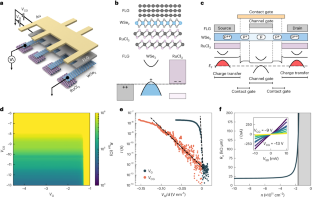2024-08-07 エディンバラ大学
<関連情報>
- https://www.ed.ac.uk/news/2024/ancient-carvings-may-be-world-s-oldest-calendar
- https://www.tandfonline.com/doi/full/10.1080/1751696X.2024.2373876
ギョベクリ・テペとカラハン・テペにおける暦と時間の表現が、その象徴の天文学的解釈を裏付ける Representations of calendars and time at Göbekli Tepe and Karahan Tepe support an astronomical interpretation of their symbolism
Martin B. Sweatman
Time and Mind Published: 24 Jul 2024
DOI:https://doi.org/10.1080/1751696X.2024.2373876

ABSTRACT
Göbekli Tepe, an archaeological site in southern Turkey, features several temple-like enclosures adorned with many intricately carved symbols. It is located centrally among a group of Taş Tepeler pre-pottery Neolithic sites which include Karahan Tepe and Sayburç. Here, an earlier astronomical interpretation for Gobekli Tepe’s symbolism is supported and extended by showing how V-symbols on Pillar 43 in Enclosure D can be interpreted in terms of a lunisolar calendar system with 11 epagomenal days, which would make it the oldest known example of its type. Furthermore, it is shown how Göbekli Tepe’s 11-pillar enclosures and a megalithic 11-pillar pool structure at nearby Karahan Tepe can also be interpreted in terms of the same lunisolar calendar system. Other V-symbols at Göbekli Tepe are also interpreted in astronomical terms, and it is shown how the Urfa Man statue, a wall carving at Sayburç and a statue at Karahan Tepe that display V-symbol necklaces can be interpreted as time-controlling or creator deities. Symbolic links with later cultures from the Fertile Crescent are explored. Throughout, links are made with the Younger Dryas impact and Cauvin’s theory for the origin of the Neolithic revolution in the Fertile Crescent.



